Understanding Alcoholism: Beyond a One-Size-Fits-All Perspective
Alcoholism is a multifaceted and pervasive issue affecting millions around the globe. With a range of types and classifications, recognizing alcoholism’s diverse manifestations is vital for effective diagnosis and treatment. The complexity of alcohol use disorders (AUDs) is reflected in the various types of alcoholics identified by studies and classifications. This article delves into these classifications, aiming to shed light on the intricate nature of alcoholism and its implications for individuals and society.
Identifying Types of Alcoholics
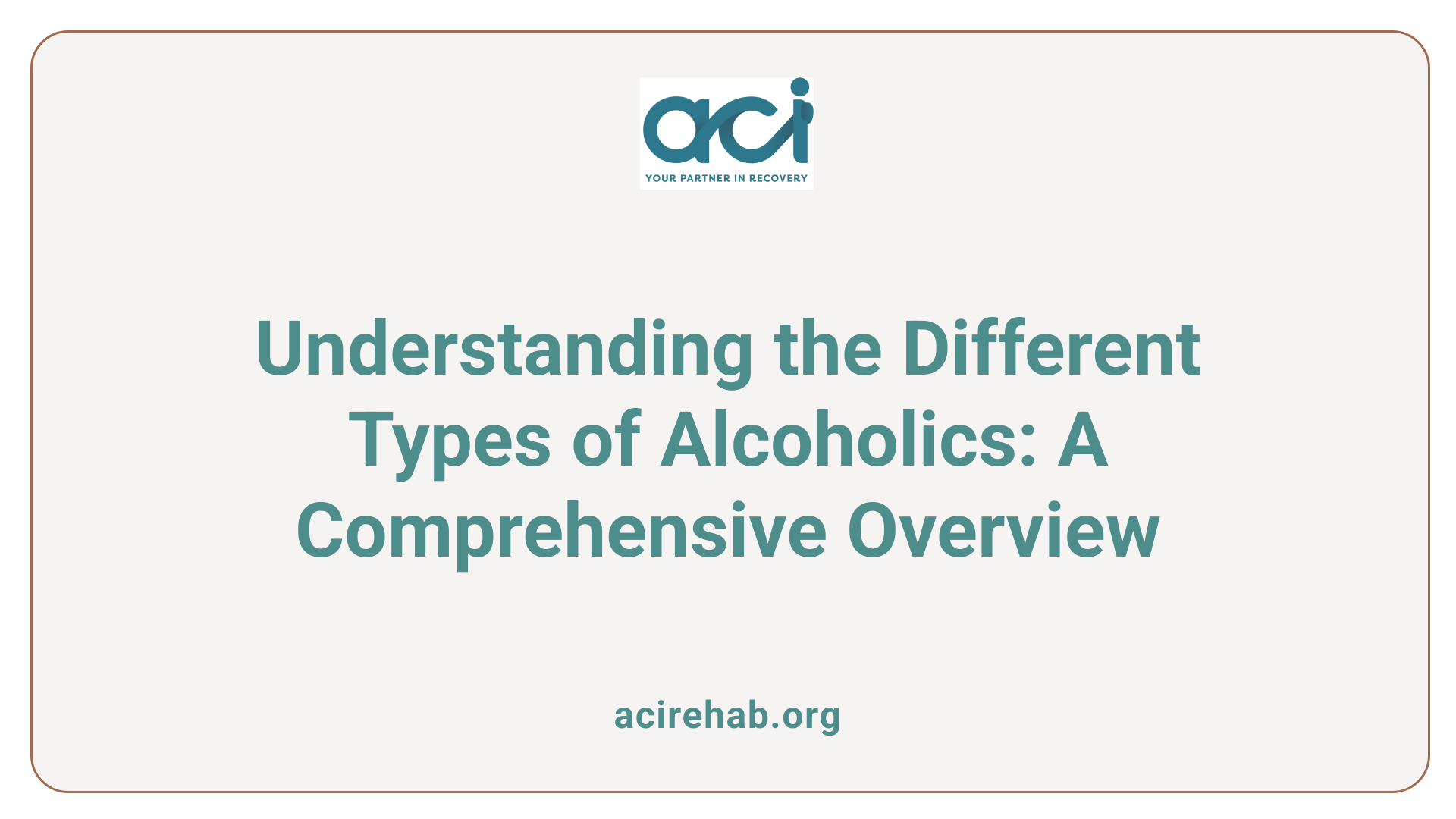
What are the different types of alcoholics?
There are six recognized types of alcoholics:
- Social Drinker
Enjoys alcohol mainly in social settings without using it as a coping mechanism. - Binge Drinker
Consumes large quantities over a short period, often facing negative consequences, such as memory loss. - Functioning Alcoholic
Manages daily responsibilities despite regular excessive drinking, often hiding their dependence. - Chronic-Severe Alcoholic
Drinks compulsively every day, experiencing withdrawal symptoms and significant life challenges. - Binge-Eating Alcoholic
Engages in binge eating after drinking, leading to health risks. - High-Functioning Alcoholic
Successfully balances personal and professional life while concealing their alcohol dependence.
These categories help illuminate the diverse nature of alcohol use disorder (AUD). A 2021 National Survey showed nearly 29.5 million Americans grapple with AUD, underscoring its public health importance.
Characteristics of each type
The types of alcoholics can be further classified into subtypes based on factors like age, drinking history, and family background:
| Type | Prevalence | Key Characteristics |
|---|---|---|
| Young Adult | 31.5% | Starts drinking at 19, develops dependency by 24; often binge drinks and has low mental health issues. |
| Functional | 19.5% | Maintains jobs and relationships while struggling with addiction; typically middle-aged. |
| Intermediate Familial | 18.8% | Early drinking onset at 17; significant family history of alcoholism and mental disorders. |
| Young Antisocial | 21.1% | Early drinking at 15, often with antisocial traits; high rates of substance abuse disorders. |
| Chronic Severe | 9.2% | Begins drinking at 15; experiences the most severe health issues and often seeks treatment. |
This classification aids in understanding the complexity of alcohol dependence and enhances treatment strategies tailored to individual needs.
Stages on the Path to Alcoholism
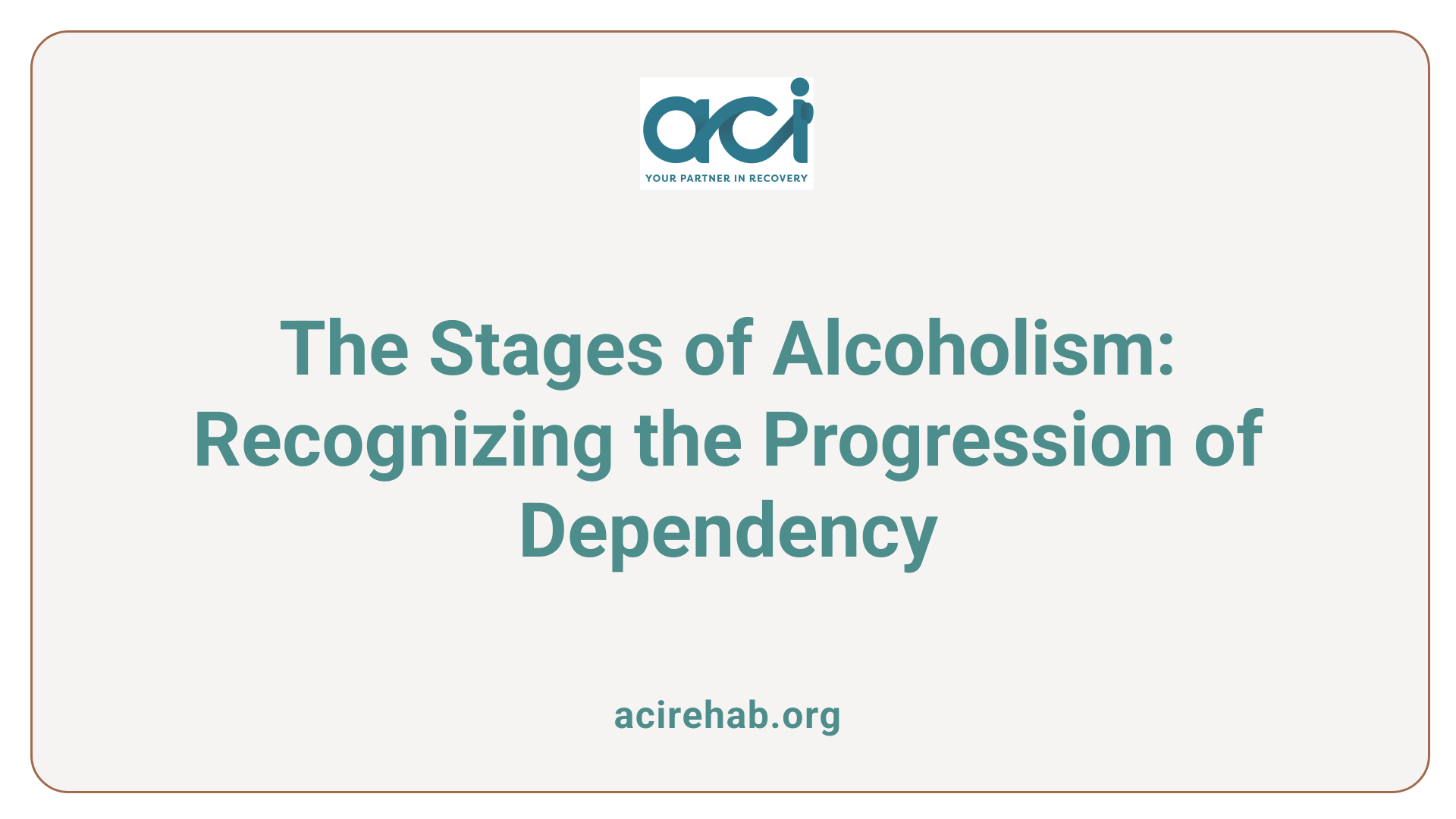
What are the stages of alcoholism?
The progression of alcohol use can be categorized into four distinct stages. Understanding these stages helps illustrate how individuals may develop alcoholism over time and the severity of dependence involved.
-
Pre-Alcoholic Stage
- Increased Consumption: Individuals start drinking more frequently, often in social settings, leading to heightened intake.
- Stress Relief: Alcohol becomes a go-to method for coping with stress and daily pressures.
- Tolerance Development: Early signs of needing more alcohol to achieve the desired effects emerge.
-
Early Alcohol Abuse
- Memory Blackouts: Drinking to excess leads to gaps in memory and increased intoxication during social interactions.
- Daily Functioning: Individuals begin relying on alcohol for everyday activities, which may include sneaking drinks or hiding bottles.
- Social Withdrawal: As dependence grows, individuals may withdraw from social situations where alcohol is not present.
-
Clear Issues with Alcohol
- Neglecting Responsibilities: Personal and professional obligations start to suffer due to alcohol use.
- Withdrawal Symptoms: Experiencing tremors, anxiety, or irritability when not drinking becomes common.
- Heightened Risk: Individuals may face legal, medical, or social troubles as their consumption patterns intensify.
-
Full Dependence
- Severe Health Risks: Ongoing drinking leads to major health problems, including liver damage and psychological disorders.
- Continuous Drinking: Individuals are unable to control their drinking, relying on it to function daily.
- Complex Withdrawal Symptoms: Serious withdrawal symptoms occur if alcohol intake is reduced or stopped suddenly, necessitating medical intervention.
This progression underscores the critical importance of recognizing early signs of alcohol misuse. Timely intervention and support are vital to prevent individuals from reaching the advanced stages of alcoholism, which can have life-altering consequences.
Types of Drinkers: The Spectrum of Alcohol Consumption
What are the four types of drinkers?
The four types of drinkers vary significantly in their behaviors and the impact of alcohol on their lives:
-
Social drinkers: These individuals enjoy alcohol in moderation, typically during social gatherings. They tend to adhere to recommended guidelines for consumption, focusing on positive interactions without reliance on alcohol for stress relief.
-
Heavy drinkers: Unlike social drinkers, heavy drinkers regularly consume alcohol beyond established limits. This pattern of drinking can lead to various health risks, such as liver damage, increased likelihood of accidents, and long-term complications from excessive alcohol consumption.
-
Problem drinkers: This group encounters significant personal challenges due to their drinking habits, which may include job loss and strained relationships. While they may not meet all criteria for alcohol use disorder, their drinking fundamentally affects their quality of life.
-
Alcohol-dependent drinkers: Characterized by a physical and psychological reliance on alcohol, these individuals struggle with withdrawal symptoms and have difficulty controlling their consumption. This dependence poses severe health risks, affecting both physical health and mental well-being.
These categories underscore the complexities of drinking behaviors and their varied implications for health and lifestyle.
Characteristics of Alcohol Dependence
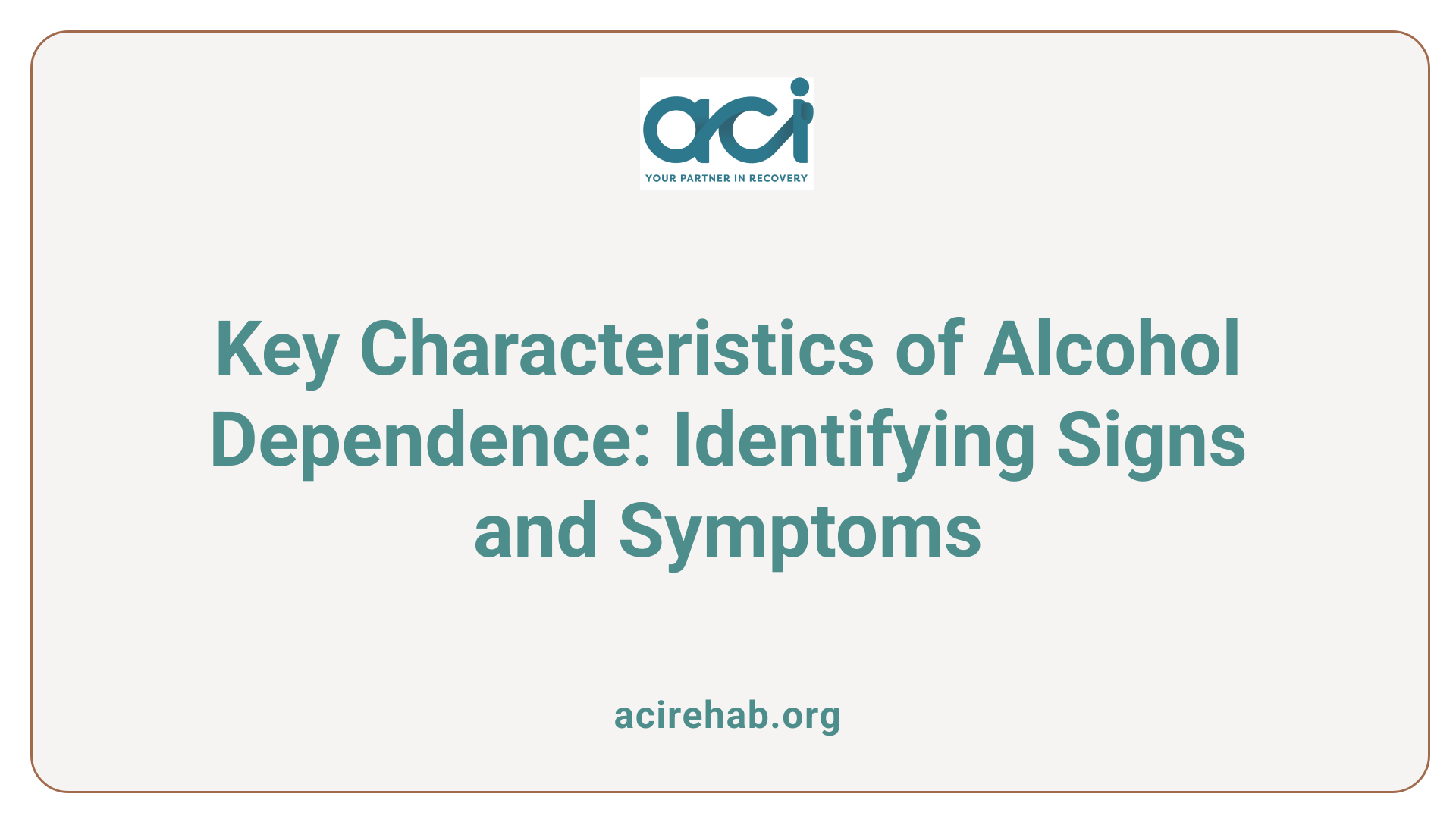
What are the common characteristics of an alcoholic?
Alcohol dependence is often manifested through a combination of physical and behavioral signs that can significantly affect the individual’s life.
Physical Signs of Alcohol Dependence
- Facial Redness: A flushed complexion is common among those with alcohol reliance.
- Excessive Sweating: Body temperature regulation may be impacted, leading to increased perspiration.
- Yellow Skin Tone: It might indicate liver damage, a serious consequence of chronic alcohol use.
- Unsteady Appearance: Individuals may have difficulty maintaining stability on their feet.
- Unexplained Bruises: Frequent injuries can occur due to impaired coordination and judgment.
Behavioral Signs of Alcohol Dependence
- Prioritization of Alcohol: Alcohol frequently takes precedence over personal relationships, responsibilities, and activities.
- Blame and Excuses: Alcoholics often deflect responsibility for their drinking habits onto external factors, justifying their consumption.
Effects on Personal and Professional Life
Alcohol dependence can cause significant disruptions in both personal and professional spheres. Individuals may experience strained relationships with family and friends due to altered thinking patterns, leading to reliance on alcohol as a coping mechanism. Furthermore, financial hardships may arise as excessive spending on alcohol takes a toll, and workplace issues, such as absenteeism and reduced performance, often follow alcohol misuse. Just as alcoholism wreaks havoc on social relationships, it can create a troubling cycle of job-related problems, further exacerbating the cycle of dependence.
Empirical Typologies of Alcohol Dependence
Historical Classification Systems
The typology of alcoholism has evolved significantly over the decades. In the prescientific period (1850–1940), classifications were primarily based on clinical observation, resulting in various informal categories. With the advent of the Jellinek era (1941–1960), E.M. Jellinek introduced a scientific approach, establishing categories based on drinking patterns, such as the classic alpha, beta, gamma, delta, and epsilon types. Following Jellinek, research shifted towards increasingly complex systems, examining multidimensional criteria for understanding alcohol dependence.
Modern Subtypes Identified by Research
Recent studies have identified five prominent subtypes of alcoholics, each delineated by various characteristics:
| Subtype | Approx. % of Alcoholics | Average Onset Age | Notable Features |
|---|---|---|---|
| Young Adult | 31.5% | 19 | Binge drinking, low mental health issues |
| Young Antisocial | 21.1% | 15 | Traits of antisocial personality, high risk |
| Functional | 19.5% | 18 | Stable jobs, high denial of drinking problems |
| Intermediate Familial | 18.8% | 17 | Strong family history of alcoholism, mental health |
| Chronic Severe | 9.2% | 15 | Severe issues, high treatment seeking rates |
These empirical categorization efforts highlight that alcoholism isn’t a monolith; varied experiences and backgrounds shape individual paths to recovery.
Risk Factors and Health Implications
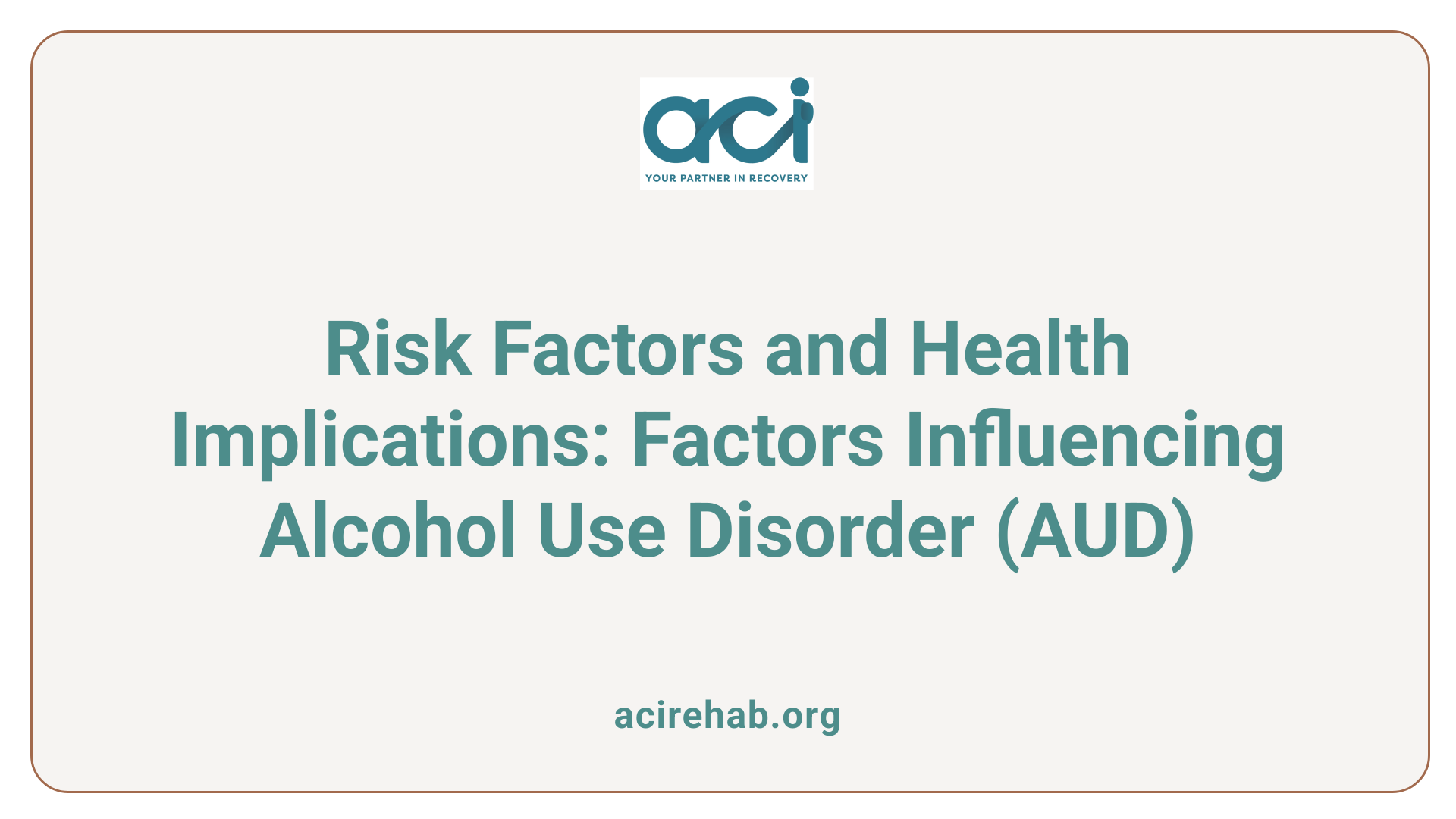
Factors Influencing AUD Development
- Genetics: Heredity is a significant factor, accounting for about 60% of the risk for developing Alcohol Use Disorder (AUD).
- Age of Onset: Individuals who start drinking before age 15 are over three times more likely to develop AUD compared to those who begin at 21.
- Environmental Influences: Social factors, such as peer pressure and cultural attitudes toward drinking, also play a critical role.
- Mental Health Conditions: Co-occurring issues like depression, PTSD, and ADHD can increase the likelihood of developing AUD.
Health Conditions Related to AUD
- Liver Disease: Chronic alcohol use is a leading cause of liver cirrhosis.
- Mental Health Disorders: AUD frequently coexists with anxiety and mood disorders, exacerbating symptoms.
- Cardiovascular Issues: Heavy drinking contributes to various heart diseases and complications.
| Risk Factors & Health Conditions | Description |
|---|---|
| Genetics | 60% chance based on family history |
| Age of Onset | Early drinking significantly increases risk |
| Mental Health | Co-occurring disorders worsen AUD |
| Health Conditions | Liver disease, mental disorders, cardiovascular issues |
Treatment Options and Recovery Paths
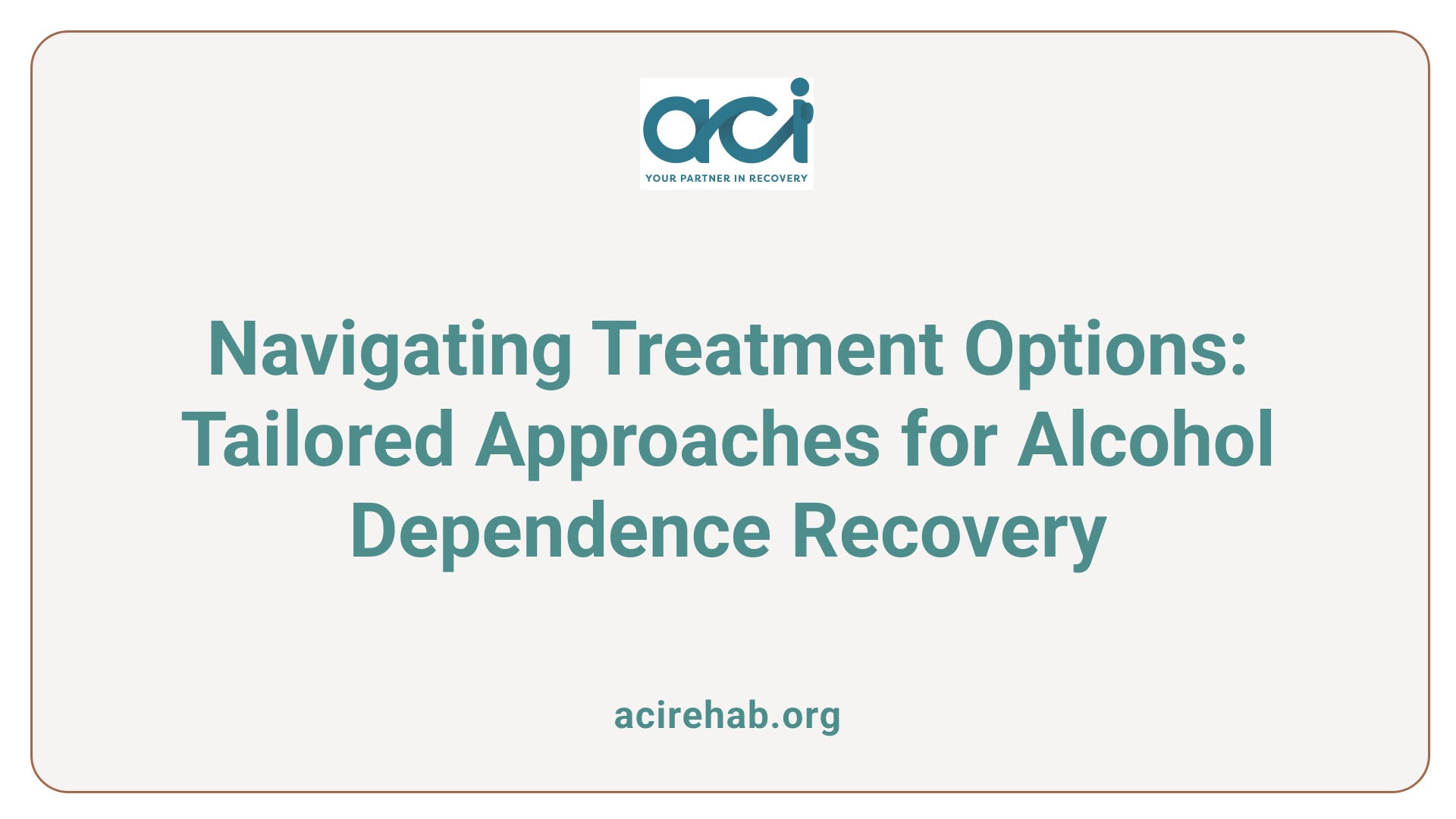
Approaches to treating different types of alcoholism
Treatment for alcoholism varies based on the subtype of the individual. For example:
- Young Adult Alcoholics may benefit from college-based support groups and educational programs that address binge drinking patterns.
- Functional Alcoholics often respond well to individual therapy that helps them confront potential underlying issues while maintaining their professional lives.
- Young Antisocial Alcoholics may require structured treatment that incorporates behavioral therapy due to their impulsive nature and history of antisocial behavior.
- Intermediate Familial Alcoholics could find family therapy helpful to address the familial patterns of drinking and co-occurring mental health disorders.
- Chronic Severe Alcoholics typically need more intensive treatment, often incorporating medical supervision due to withdrawal risks, followed by long-term support programs.
Role of support systems in recovery
Support systems play a critical role at every stage of recovery. Engaging in community support groups like Alcoholics Anonymous (AA) can foster a sense of belonging and accountability.
- Family and Friends can provide emotional support, creating a stable environment conducive to recovery.
- Professional Counselors help navigate the psychological aspects of addiction through therapy.
- Treatment Centers offer comprehensive programs tailored to the individual’s needs, increasing the chances of long-term recovery.
Towards a Comprehensive Understanding of Alcohol Use Disorders
Understanding the diverse typologies of alcoholics is crucial in addressing Alcohol Use Disorders (AUD) effectively. Each type requires specialized strategies for intervention and support, reflecting the complexity and individuality of addiction. Through increased awareness and targeted treatment, we can improve outcomes for those affected and foster a more informed approach to combating alcoholism as a public health crisis. With ongoing research and community engagement, a more nuanced understanding and effective support networks can be cultivated, offering hope and recovery for all individuals facing the challenges of alcohol dependence.
References
- 6 Alcoholism Types Explained – Caron Treatment Centers
- The 5 Types Of Alcoholics – Addiction Center
- 5 Types of Alcoholics | What Are The Subtypes of Alcoholics?
- Are There Different Types of Alcoholics?
- Understanding the Five Types of Alcoholics – The Recovery Village
- Understanding Alcohol Use Disorder
- The Different Types of Alcoholics – Sabino Recovery

